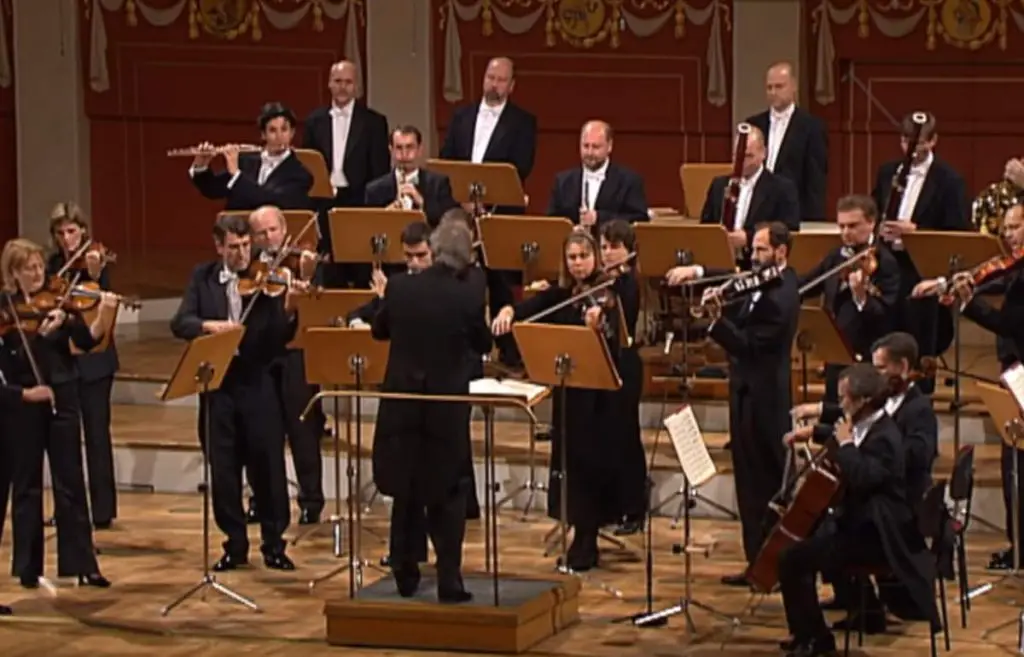Sonata form, also called sonata-allegro form or first movement form, is a structure for a movement of music that was commonly used during the Classical period (roughly, the 18th and early 19th centuries) and is still widely used today. It was often used for the first (and sometimes the last) movement of multi-movement works, such as symphonies, sonatas, and string quartets. Sonata form is designed to create musical tension and resolution, and it is typically composed of three main sections: exposition, development, and recapitulation.
Sonata Form vs. Sonata: Understanding the Difference
One common misconception in music theory is confusing Sonata Form with the Sonata itself. These terms refer to different concepts!
A Sonata is a type of instrumental composition, typically consisting of several contrasting movements. Each movement can be thought of as a “mini piece” within the larger work. Sonatas are usually written for a solo instrument, sometimes with piano accompaniment, and often include a first movement that follows the Sonata Form.
In contrast, Sonata Form refers to the structure of an individual movement, not the entire piece. It is a compositional framework used by composers to organize a single movement into three main sections: Exposition, Development, and Recapitulation. Sonata Form is frequently found in the first movements of sonatas, symphonies, concertos, and other instrumental works.
This structural approach became widely established during the Classical period (1750 – c.1820) and was perfected by composers like Haydn, Mozart, and Beethoven. While the Sonata Form is most commonly associated with Classical-era compositions, its influence extends beyond that period, appearing in Romantic, and even 20th-century music.
In summary, a Sonata is a multi-movement piece of music, whereas a Sonata Form describes how a single movement is organized. Recognizing this distinction is key to understanding classical music terminology!
![Sonata form [string quartet]](https://cdn-0.andantemoderato.com/wp-content/uploads/2023/07/string-quartet-1024x683.jpg)
Sonata Form
As mentioned earlier, Sonata Form refers to the structure of a single movement, not the entire composition. It serves as a compositional framework that organizes a movement into three primary sections: Exposition, Development, and Recapitulation. This form is commonly used in the first movements of sonatas, symphonies, concertos, and various other instrumental pieces. Here’s a brief explanation of each section:
- Exposition: This is where the main themes of the movement are presented. There are usually two themes, each with a different character and often in different keys. The first theme is typically in the home key (tonic), while the second theme is typically in a different key (often the dominant in major keys, or the relative major in minor keys). These themes are usually separated by a transition. The exposition may end with a closing theme and is often repeated.
- Development: In this section, the composer develops the themes presented in the exposition. This can involve modulating through different keys, fragmenting the themes, combining the themes in new ways, or introducing new material. This is often the most harmonically unstable section of the movement, creating tension that seeks resolution.
- Recapitulation: This is where the themes from the exposition are restated, but this time, all in the home key. This resolution to the home key after the harmonic instability of the development creates a sense of return and resolution. The recapitulation usually restates the first and second themes and often includes a closing section.
Some sonata form movements also include an introduction at the beginning and a coda at the end. The introduction, if present, sets the stage for the exposition, while the coda, if present, provides a conclusion after the recapitulation. The coda often further develops the themes or introduces new material.
There are many variations on the basic sonata form, and not all movements that use sonata form adhere to this exact structure. However, this general framework provides a useful guide for understanding the structure of many works from the Classical period and beyond.

Sources
- Sonata form on Wikipedia
- Sonata Form on the Music Theory Academy website